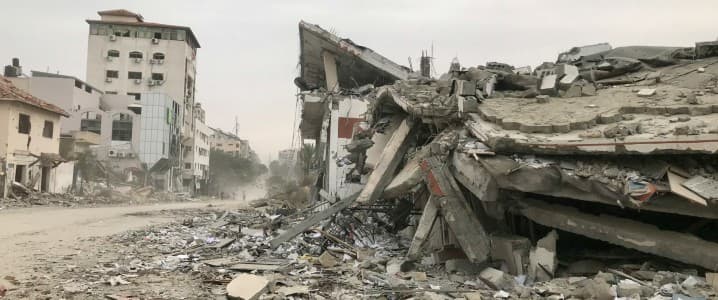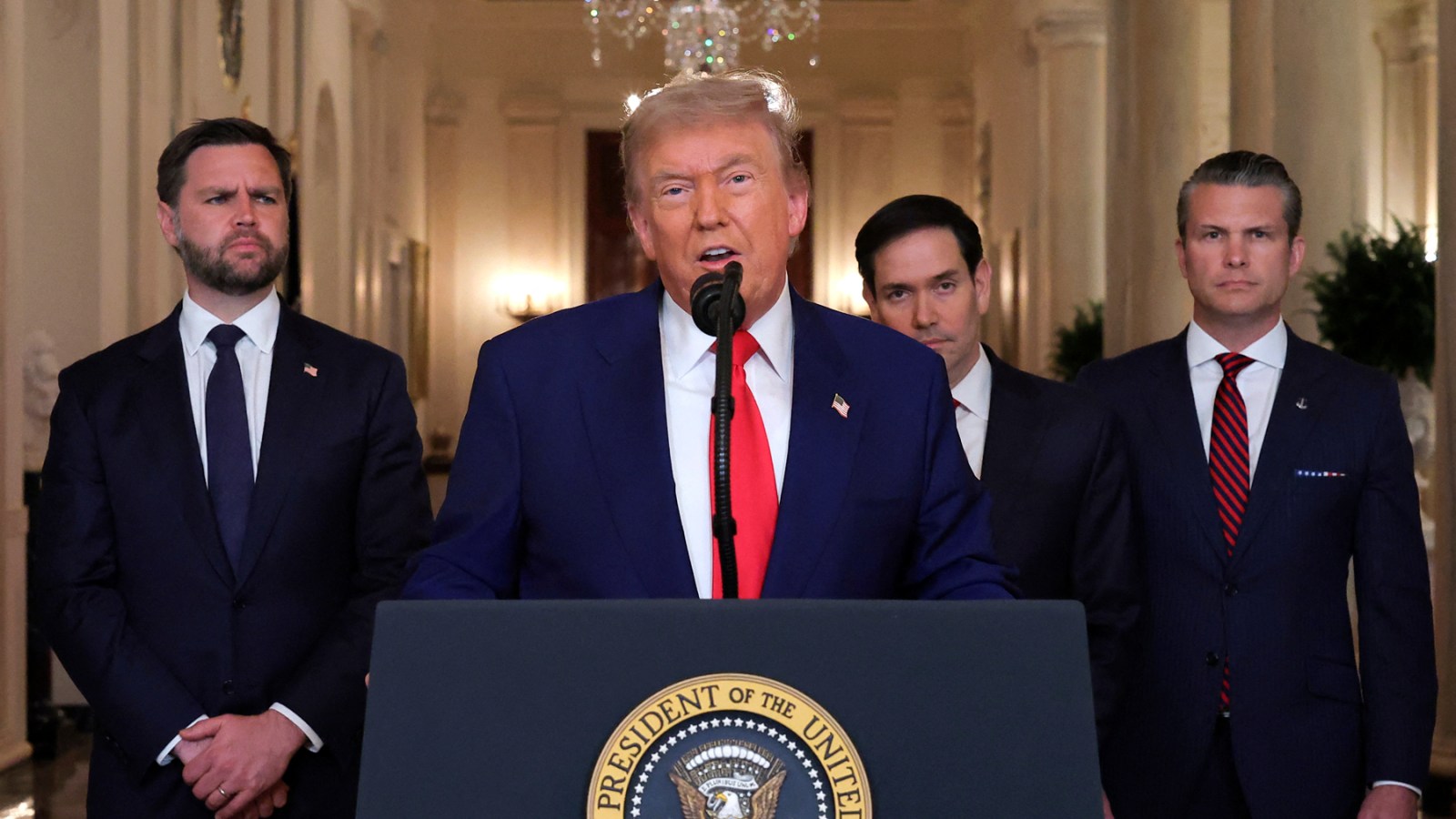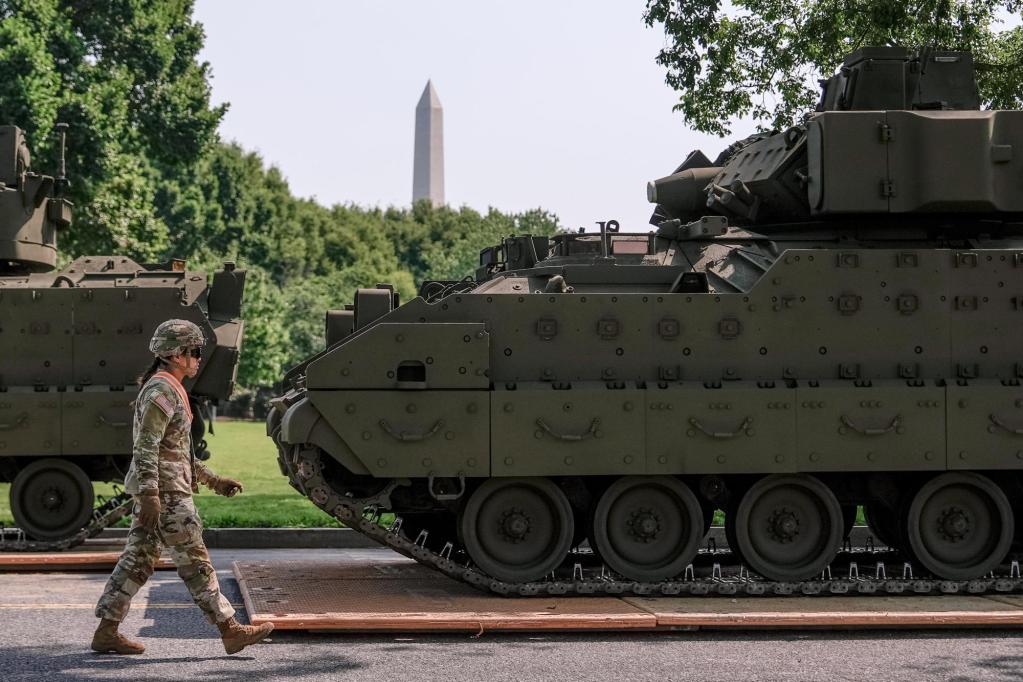Former U.S. President Donald Trump has re-entered the high-stakes arena of Middle Eastern diplomacy, publicly urging a swift 60-day ceasefire between Israel and Hamas in the Gaza Strip. This proactive stance underscores a persistent commitment to fostering stability in a region frequently plagued by conflict, with Trump framing the current proposition as a critical, “final proposal” that necessitates immediate acceptance by the Iran-backed militant group. His direct appeal aims to expedite a crucial pause in hostilities, emphasizing the urgency for de-escalation in the ongoing Gaza conflict.
On July 1, in a statement shared on his Truth Social platform, Trump underscored the imperative nature of the proposed truce, asserting, “I hope, for the good of the Middle East, that Hamas takes this Deal, because it will not get better — IT WILL ONLY GET WORSE.” This stark warning highlights the potential for escalating conflict should the offer be rejected, pushing Hamas towards a decision that could significantly alter the trajectory of the ongoing tensions in Gaza. His words reflect a clear belief that this window of opportunity is fleeting and vital for regional peace.
A significant facet of this diplomatic push is Israel’s reported agreement to the terms of the 60-day ceasefire. According to Trump, Israel has accepted the conditions necessary to finalize this temporary truce, paving the way for a crucial period during which, as he stated, “we will work with all parties to end the War.” This reciprocal agreement from Israel adds considerable weight to the proposal, positioning it as a tangible pathway toward a cessation of hostilities and a potential long-term resolution for the Gaza conflict.
The logistics of this high-stakes negotiation involve key regional players, with representatives from Qatar and Egypt tasked with delivering the comprehensive proposal directly to Hamas. These nations have historically played pivotal roles in mediating between Israel and Palestinian factions, and their involvement in this instance reinforces the multilateral nature of the ceasefire diplomacy. Their efforts are crucial in bridging the communication gap and ensuring the terms of the “final proposal” are clearly conveyed and considered by Hamas.
The proposed 60-day pause is envisioned not merely as a temporary halt to fighting but as a critical window for broader humanitarian efforts and geopolitical realignments. Such a truce would offer vital relief to the civilian population in Gaza, allowing for increased aid delivery and potentially easing the immense human suffering. Beyond humanitarian concerns, this ceasefire could open avenues for more substantive negotiations aimed at achieving a sustainable Middle East peace, demonstrating a continued external interest in resolving the protracted conflict.
International observers are closely monitoring this development, recognizing it as a potential turning point in the persistent tensions in the Middle East. Trump’s active engagement, even post-presidency, signals a continued, influential presence in global foreign policy discourse. The success or failure of this ceasefire initiative will undoubtedly shape future diplomatic endeavors and could either pave the way for a more stable regional environment or underscore the persistent challenges in achieving lasting peace in Gaza and beyond.
Discover more from The Time News
Subscribe to get the latest posts sent to your email.






